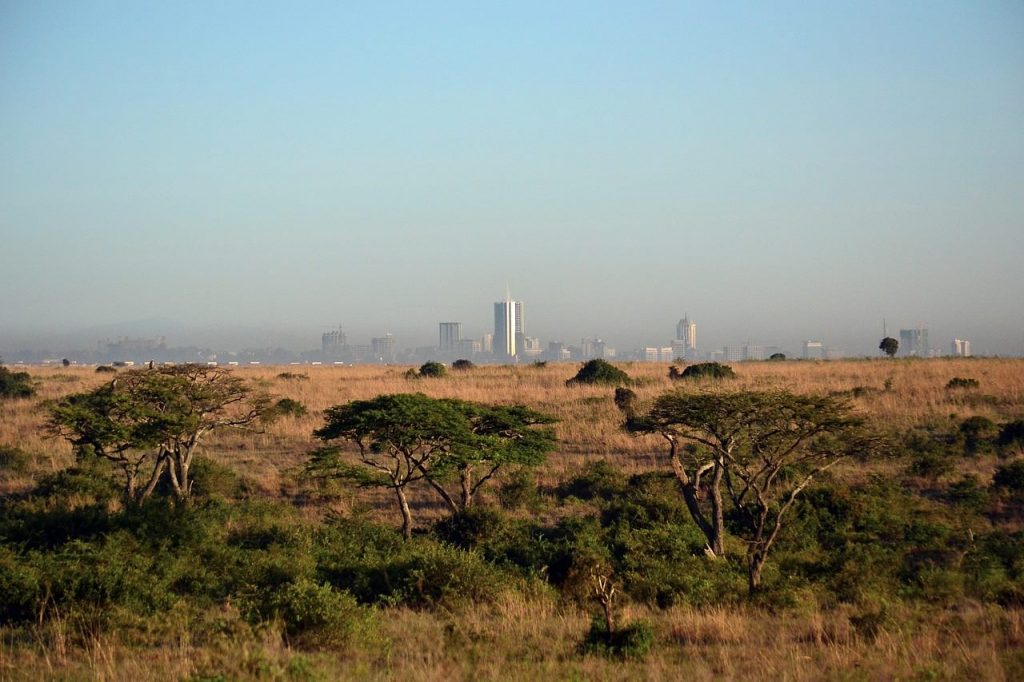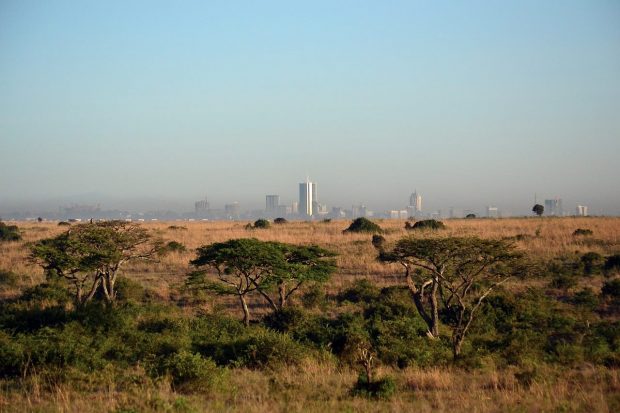Investors do not lack demand or projects. They lack land.
Real estate is one of the most neglected areas of investment in Africa. However, it is one of the most interesting investment themes the continent has to offer. “This land is not for sales”, is written on a huge sign any visitor in Nairobi can see when driving from the Jomo Kenyatta International Airport to the centre of the town It perfectly describes what is currently happening in the capital of Kenya, the most important economy in East Africa by GDP.
Investors are not lacking demand; they are lacking land. Everywhere Nairobi visitors are looking, new buildings, office towers or residential property is going to be built. Demographic growth, a rising middle class and the quick urbanisation are reshaping the African continent – and the town of Nairobi.
Until 2050, Africa’s population will rise from currently some 1.1bn people up to more than 2.4bn people. Beside South Asia – and India ahead – Africa will be the only continent in the world where the population is still growing. In Europe, Japan, China and South East Asia as well as in the Americas and Russia the population will be probably be shrinking, but in any case ageing.
In Africa, the major investment theme is the rising middle class – employees who earn enough to feed their families, pay mortgages for a decent home and put some savings into health insurance, a pension plan and leisure, holidays, cars, fashion…

In Africa, the middle class will rise from 800,000 people in 2008 to 1.1bn in 2060, expects the African Development Bank says in a study. In Kenya, still according to the African Development Bank, the middle class is already estimated at 38% of the population. And these employees who can made a good living from their jobs and salaries are buying homes and nourish the real estate boom in Kenya.
These trends – demographic growth and the rising middle class – will take place almost in towns and in rural areas. All major cities in Africa will grow enormously – putting the authorities in head of a huge challenge for water management, public infrastructure, education and public health. Nairobi will grow from currently 4mn people to 6mn people in 2025, the UN Habitat Report says. This means that the town will grow by almost 50% in just a ten-year time.
This growth has to be managed – not only for the people, but also for wildlife. Next to the borders of Kenya’s capital is the Nairobi National Park opened in 1946, a homeland for roughly mammals – such as rhinoceroses, giraffes and zebras – but also for more than 200 bird species. The park is just 7km from the heart of the town and the biggest danger for the animals are not predators, but the town and its pressure for expansion in order to create homes for the humans.
The authorities in Kenya have asked specialists from the UK and Kenya to prepare a plan for the development of the metropolitan region in the next 15 years. This plan will give investors guidelines and a framework for the further development of the leading business metropolis in East Africa as the economic boom of this part of the world offers tremendous opportunities for international investors.
© Africa Partners GmbH, 3 Oct. 2015.










No Comments